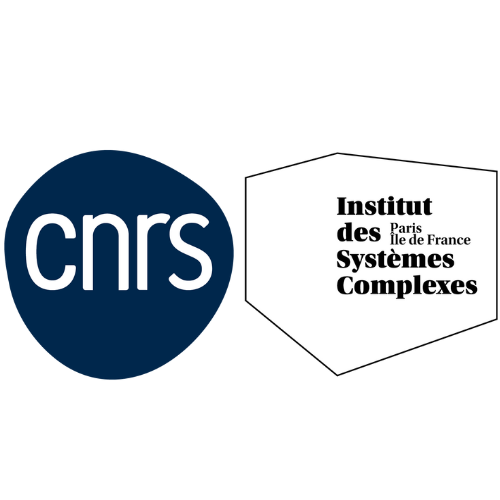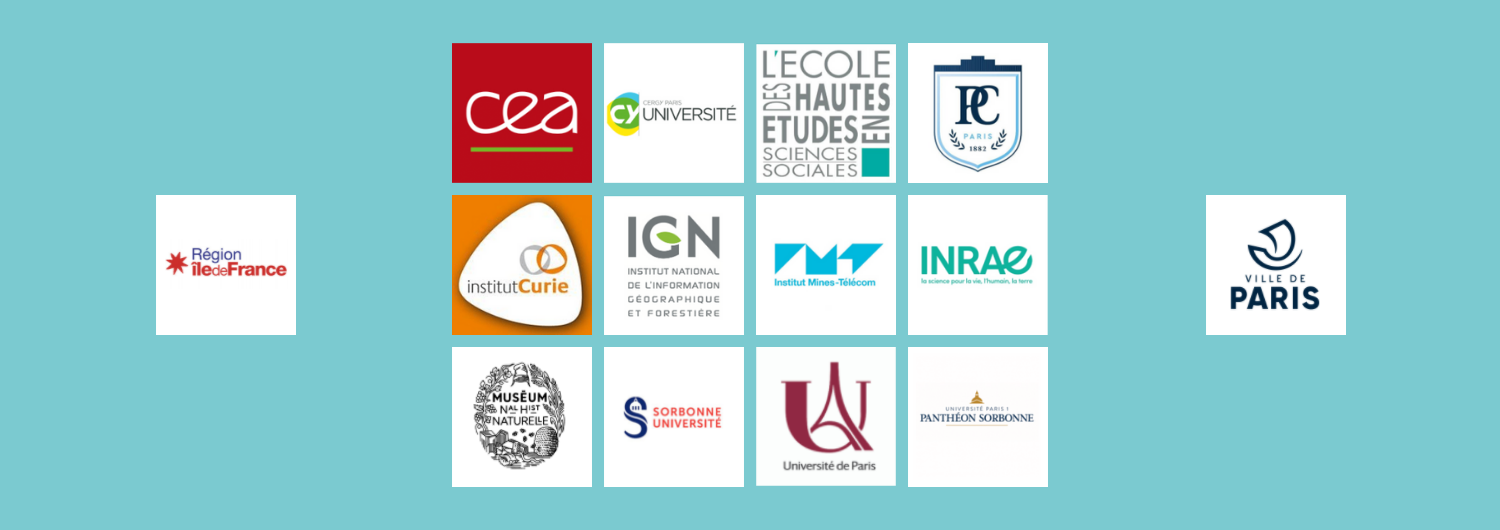International Seminar : Socio-semantic patterns
March 15-17, 2017
Sciences Po Médialab meeting room: 13 rue de l’Université, 75007 Paris, France
Focus: The seminar is intended to discuss micro-principles of how social and semantic/meaning/cultural structures account for each other. The main goal of the meeting is to come up with a set of patterns describing how it happens in different situations. The theoretical perspectives on relationships between language/culture and social structure may differ in viewing relations between these structures as unidirectional (one impacting the other) or bidirectional (co-evolution, hence assuming also that each of the structures are partly self- organizing). However, the intention is not to discuss or choose between the theoretical views, but to account for the diversity of many different possible structural configurations, even if they mutually exclude each other and compete (perhaps, corresponding to different possible theorization contexts).
Format: Single track, each day accommodates a session of talks and a round table on one of the three main themes.
Main themes:
1: Ontologies
Chair: John Mohr
Perspectives on co-patterning of the social and the semantic/meaning/cultural. For instance, one can view the non-human nodes here as concepts (aggregated word stems), links between them as co-occurrences of these in texts, and links between individuals and concepts – as concept usage; and then combine them with social networks as a configuration of two unipartite networks and one bipartite. Alternatively, cultural categories and relations between them, on the one hand, and social networks, on the other, can be considered. Otherwise, one can trace similarities between people’s semantic/meaning/cultural structures as a specific form of interpersonal networks and combine these with social networks into multiplex networks. Many other approaches are possible. Which one are best suited for which situation is a matter of discussion.
2: Patterns
Chair: Nikita Basov
What are the possible relations between nodes in a socio-semantic (network) analysis? For instance, we can think of “socio- semantic/socio-cultural triadic closure”: if individual A is linked to B, B to C and C tends to share semantic concepts/meanings with A. Or we can expect patterns where two individuals linked to concepts/ideas/meanings which are part of the same cultural/semantic construct are themselves connected through a social tie. These are just indicative examples and we might want to aim at accounting for similar or more complex patterns and discuss the kind of qualitative features they could correspond to. It is, indeed, linked to how we interpret different patterns. Does a pattern where a concept/meaning used by an individual is linked to another concept/meaning make any sense to account for? Or, thinking along another line, can we say that if individuals jointly use a concept they share culture/meaning/semantics; or can we say so if individuals share links between concepts? To which extent is it reasonable to rely on atomic concepts? These are some of the questions this theme will accommodate.
3: Methods and software
Chair: Camille Roth
The socio-semantic framework indeed gives rise to broad diversity of methodological questions: Which social network analysis methods are compatible with the agenda of socio-semantic micro-structuring, how valid do they remain and how should they be amended? Think, for instance, of betweenness centrality or k-cores and cliques. The opportunities for longitudinal or dynamic analysis of socio-semantic patterns may also be discussed, especially in the perspective of morphogenesis models: are models based on preferential attachment, connection optimization or prescribed structures capable of articulating the social and semantic sides, micro-level patterns yielding global
structures? Which kinds of models are particularly adapted to socio-semantic features? For example, ERGMs and especially their multilevel versions accommodate for a certain extent of coevolution between the social realm and the semantic/cultural space; similarly, formal concept analysis / Galois Lattices is intrinsically socio-semantic by relying on the fundamental duality of concepts and individuals. Finally, how does the asymmetry of agency between the social and the semantic impact the modeling framework? Here, SAOMs and ABMs (unlike, for instance, some ERGMs) rely on the assumption that nodes make decisions on their links, while concepts/meanings clearly do not. Furthermore, the practical requirements and limitations of the various methods should be considered. For example, current multilevel/multiplex ERGMs or Galois Lattice approaches have constraints on network size or are most efficient on relatively small structures, which is problematic regarding semantic networks; there is more broadly a need in specific techniques to tackle the complexity of socio-semantic structures when applying these methods. Is the focus on shared concepts/links plausible with this regard? If yes, which further issues arise?
Submissions: We invite two types of talks on one of the three main themes: 10 min. considerations and 30 min. presentations of analyses in progress or completed papers. One participant may propose several talks. The abstracts are due on January 16, 2017.


